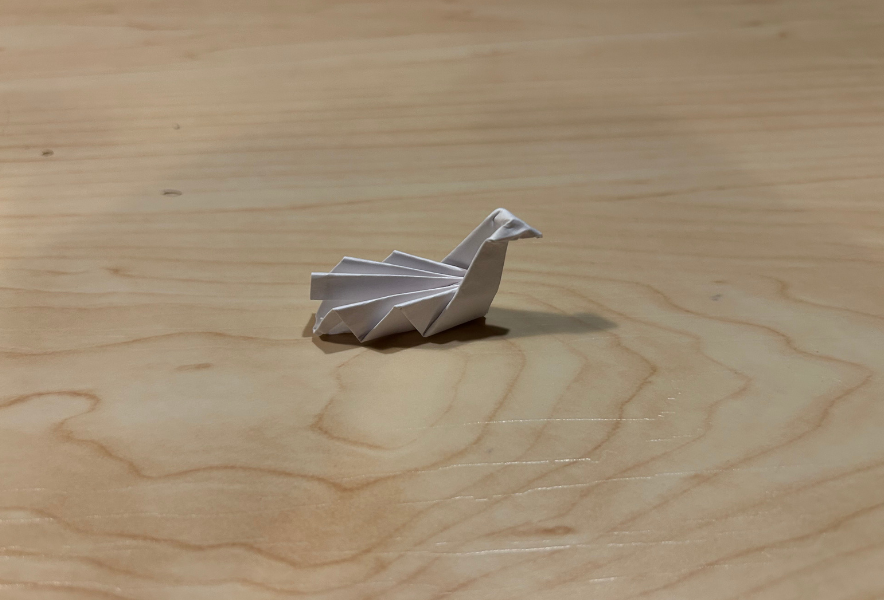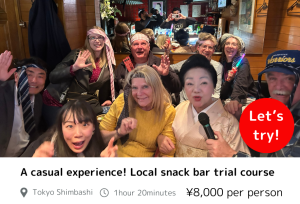When dining in Japan, one of the first things you’ll encounter is a pair of waribashi, or disposable chopsticks. These simple wooden utensils are ubiquitous in Japanese dining, especially in casual restaurants, bento boxes, and convenience store meals. Understanding the use and etiquette of waribashi will enhance your dining experience and show respect for Japanese customs.
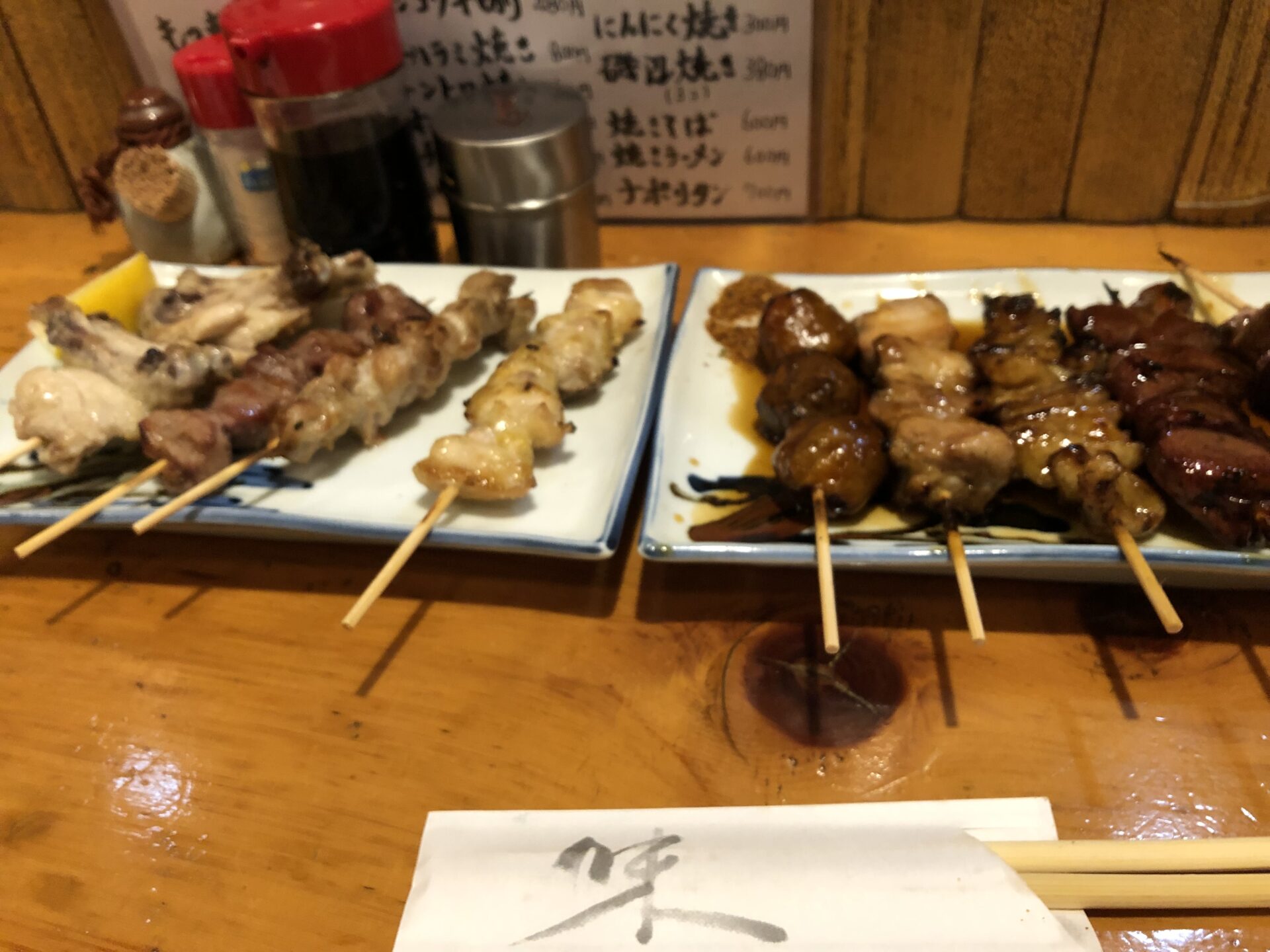
Contents
What are Waribashi?
Waribashi (割り箸) are disposable chopsticks typically made from wood or bamboo. The term “waribashi” comes from “wari” (割り), meaning to split or break, and “hashi” (箸), meaning chopsticks. They are designed to be split apart before use.
If you want to enjoy a tour of Japan's hidden alleyways, I recommend the "Snack Alley" tour.
How to Use Waribashi
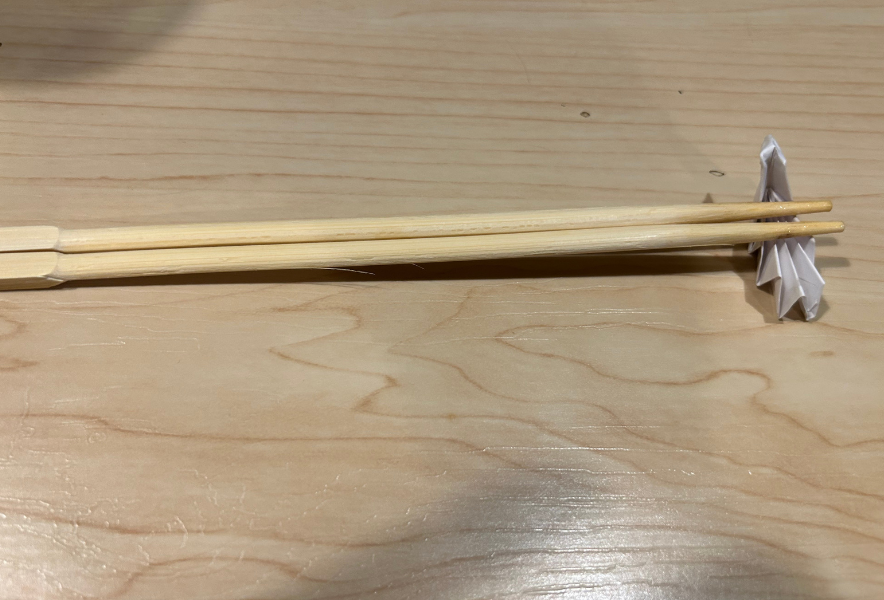
- Splitting the Chopsticks:
- Hold the chopsticks vertically and gently pull them apart, starting from the thicker end.
- Be careful to split them evenly to avoid splinters.
- Removing Splinters:
- If splinters are present after splitting, you can gently rub the chopsticks together to remove them. However, avoid doing this too vigorously, as it can be considered bad manners in some settings.
- Proper Handling:
- Hold the top chopstick like a pencil between your thumb, index, and middle fingers.
- Place the bottom chopstick against your ring finger and the base of your thumb. This chopstick remains stationary.
- Move the top chopstick to grip and pick up food while keeping the bottom chopstick still.
Etiquette and Tips
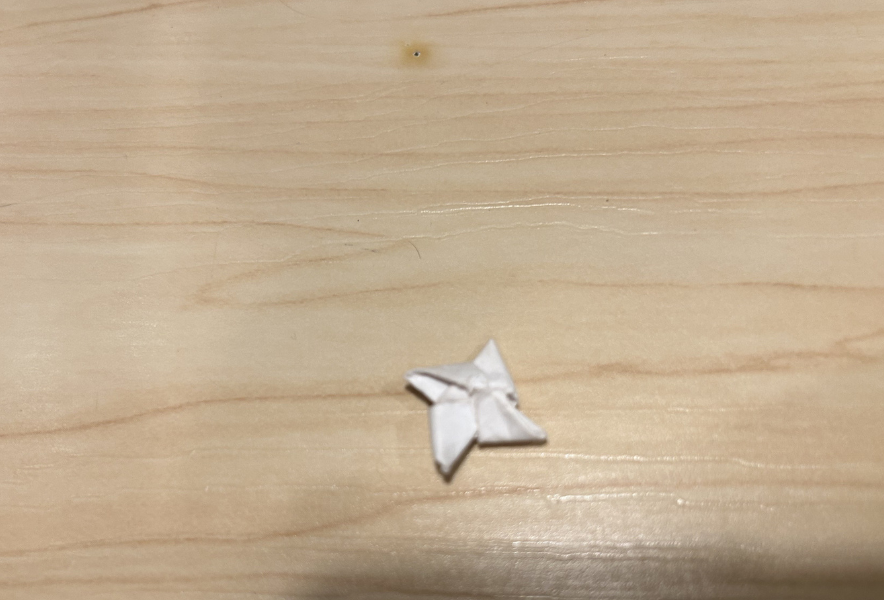
- Avoid Stabbing Food:
- Stabbing food with chopsticks is considered bad manners. Always use the chopsticks to gently pick up food.
- Do Not Point:
- Avoid pointing at people or objects with your chopsticks. It’s considered rude.
- Do Not Stick Chopsticks Upright:
- Never stick chopsticks upright into a bowl of rice. This resembles a funeral ritual and is seen as bad luck.
- Passing Food:
- Avoid passing food directly from your chopsticks to someone else’s. This action also mimics a funeral ritual.
- Resting Chopsticks:
- When taking a break, place your chopsticks on the provided rest (hashioki) or lay them horizontally across your bowl or plate.
Environmental Considerations
While waribashi are convenient and widely used, they are also disposable, leading to environmental concerns. Here are a few ways to be more eco-friendly:
- Bring Your Own Chopsticks:
- Consider carrying a pair of reusable chopsticks. Many stores in Japan sell portable, reusable chopsticks in convenient cases.
- Opt for Reusable When Possible:
- Choose restaurants that offer reusable chopsticks, especially for dine-in meals.
Conclusion
Waribashi are a staple in Japanese dining, and understanding how to use them properly will enrich your cultural experience. By following the basic etiquette and being mindful of environmental impact, you can enjoy your meals in Japan with confidence and respect. Happy dining!
\Experience Izakaya and a Japanese Snack-bar with a fun guide./
Let’s go to Izakaya and a Japanese Snack-bar with a fun guide!!
You can enjoy many kinds of food at Izakaya and drinking culture Snack Bars, beloved by many but you can’t enter without a guide. You can enjoy communication with the owner and other customers, as well as singing karaoke, allowing for a relaxing time.
Most snack bars have a policy of refusing entry to foreigners. However, with a tour, you’ll have a guide, so you can enter with peace of mind.
When visiting Japan, don’t just check off the tourist spots –
dive into local experiences for an unforgettable journey!
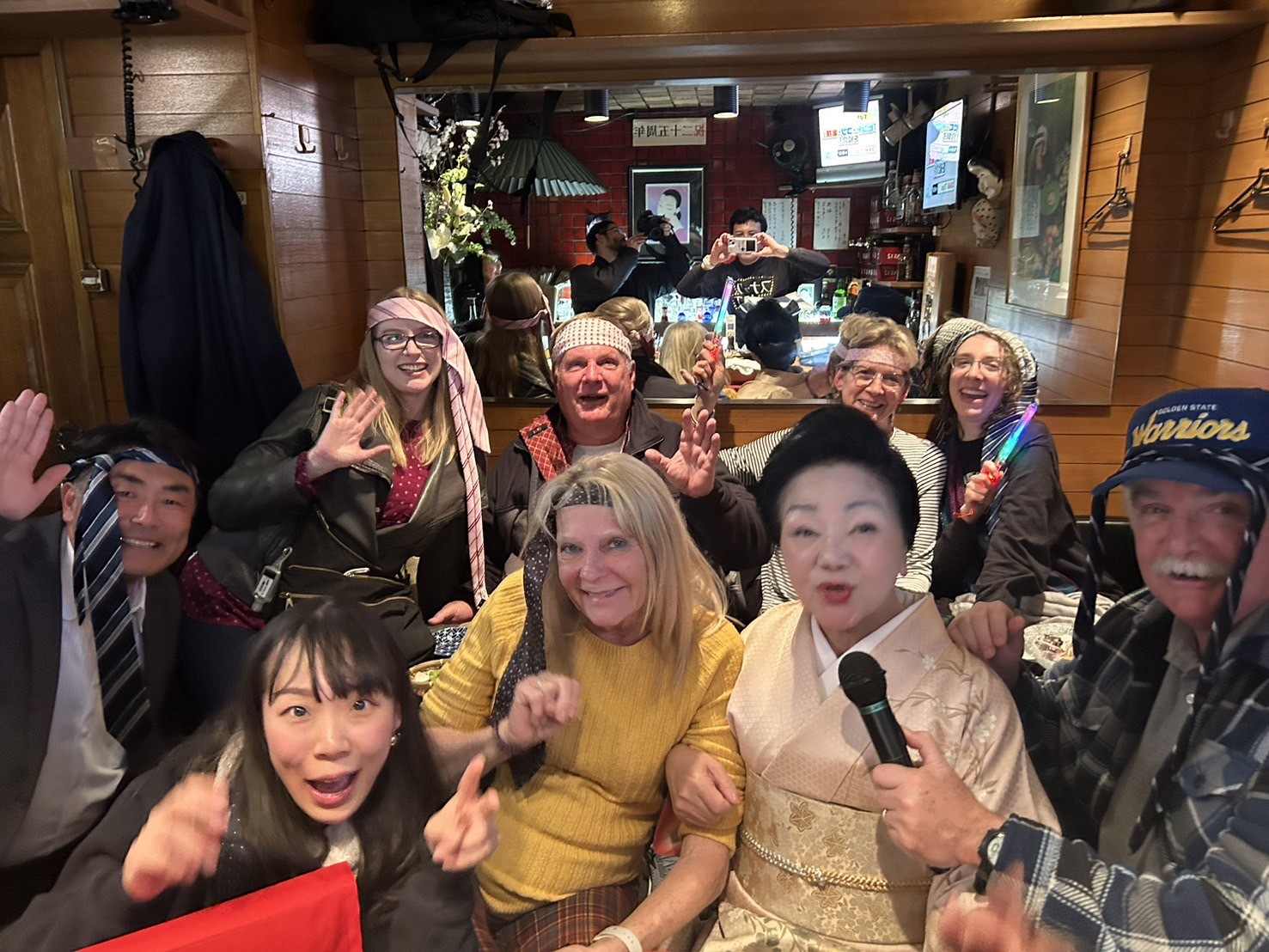
Once you experience it, you’ll be captivated too! The charm of snack bars.

New encounters with people! The camaraderie of singing at a snack bar! Conversations with the mama-san!

